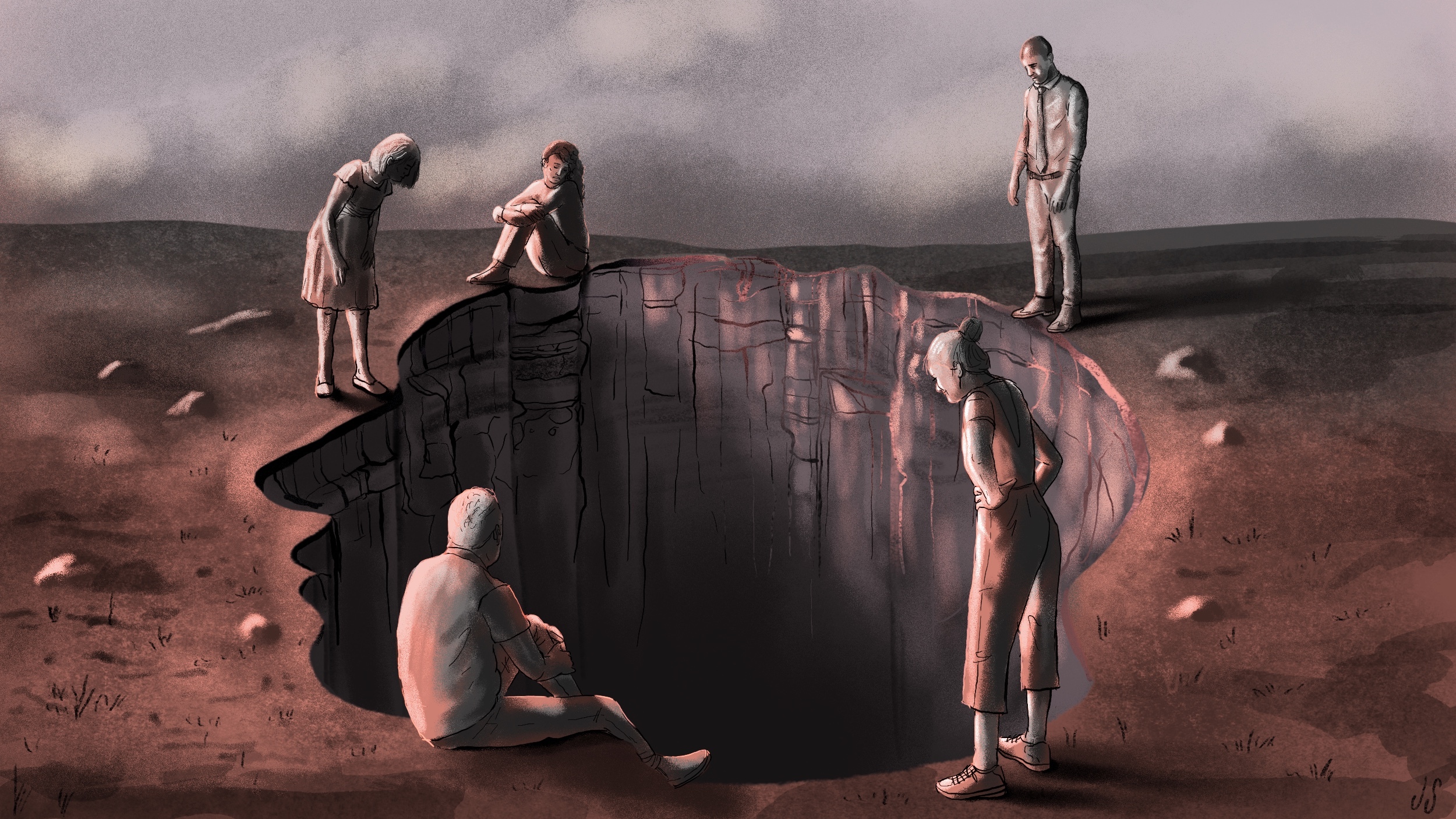Through ‘bridge symptoms’ social anxiety can develop into depression, and vice versa

Photo credit: Ryan Whitlow on Unsplash
- The study examined the relationships between symptoms of major depressive disorder and social anxiety disorder.
- Traditionally, shared symptoms haven’t been viewed as interacting elements that can cause someone suffering from one disorder to develop the other.
- The researchers argue that symptoms of one disorder can act as “bridges” that lead to the other. The findings suggest that treatments for depression and social anxiety can be improved by focusing on specific bridge symptoms instead of general underlying factors.
Major depressive disorder and social anxiety disorder affect millions of people worldwide, and they rank among the top three most prevalent psychiatric conditions in the U.S. The two disorders have a high rate of comorbidity, and they share some of the same symptoms: irritability, unstable mood and feelings of worthlessness. When someone develops both conditions, these effects become more debilitating.
Traditionally, researchers have seen these symptoms as manifestations of the underlying forces that led to either disorder, and not as interacting elements that can cause someone suffering from one disorder to develop the other.
A recent study published in the Journal of Affective Disorders, from researchers at Washington University in St. Louis, provides a new theory for the relationship between depression and social anxiety — it’s one that conceptualizes their symptoms in a causal network. The authors wrote that the shared symptoms of the disorders can be seen as interacting elements, or “nodes,” and that some nodes can act as “bridge symptoms” that cause people already suffering from, say, depression, to develop social anxiety.
“A bridge symptom can be conceptualized as a stepping-stone in a pathway from one disorder to another; the presence of this symptom increases the likelihood that an individual will develop the secondary disorder,” the researchers wrote, adding later: “For example, one such pathway might begin with a person who becomes socially fearful, then starts avoiding social situations, and then develops a depressed mood as a result of the social isolation.”
The seven nodes
The researchers selected seven symptoms they believed might play a bridge role between depression and social anxiety:
- Anxiety when in an embarrassing situation with a specific person (an authority figure, a stranger, or a possible romantic figure).
- Anxiety when having to speak in front of a specific other person (same categories as above).
- Intensity of feelings of depression.
- Inability to feel happy, as shown by not being able to laugh easily or to feel cheerful.
- Feelings of worthlessness.
- Irritability.
- Unstable mood, such as feeling that you’re “going to pieces” when you’re under a great deal of stress.
Then, they asked a sample 130 women between the ages of 18 and 59, many of whom suffered from one or both disorders, to complete inventories on social anxiety and depression, including one inventory based on the Big Five model of personality.
The results showed that feelings of worthlessness seemed to be the strongest bridge symptom between depression and social anxiety. In other words, someone suffering from anxiety might develop a sense of inferiority over their inability to navigate social situations, and those feelings could lead to depression. Meanwhile, they found that the so-called “hallmark symptoms” of each disorder — social fear and depression — did not appear to be connected.
Improved treatments
The analysis didn’t reveal whether one disorder plays a stronger role than the other in leading people to develop a secondary disorder. But the results do suggest that viewing social anxiety and depression in a network model, and focusing on specific shared symptoms, can lead to better treatments for people suffering from both conditions.
The authors wrote that “targeting a symptom that appears at the center of the network may facilitate reductions in symptoms of both disorders.”
Study: Julia K. Langer , Natasha A. Tonge , Marilyn Piccirillo , Thomas L. Rodebaugh , Renee J. Thompson , Symptoms of Social Anxiety Disorder and Major Depressive Disorder: A Network Perspective, Journal of Affective Disorders (2018).





